- Home
- Wind Power
- Wind Graph
The Wind Power Graph
A wind power graph is a great way of establishing whether or not your site is going to be suitable for wind power generation.
It's also a great way of demonstrating just how essential it is that you get sufficient wind speed.
I've no doubt you've already read or been told that you need good wind speed to make a wind turbine work. But if you’re not sure what an adequate wind speed is, just read on.
Many of the turbine manufacturers calculate the rating of their turbines at the optimum wind speed (typically 28 - 30mph) which you're unlikely to get on your site over a sustained period.
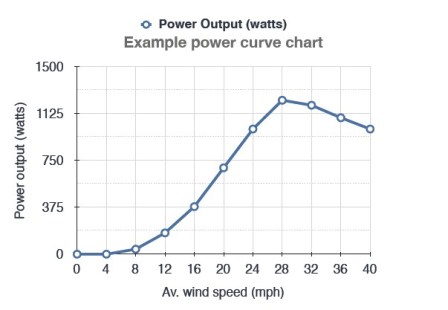
It’s a bit like the car manufacturers saying their car gets 65mpg but in the real world you can never better 55mpg because their results are achieved in a lab under "optimum conditions".
To find out what the average wind speed is in your area you can use one of the many wind power maps available on line.
Now For the Science Bit:
I’ll try to keep this as straight forward as I possibly can. As I've already said, the stated output figures from the wind power generator manufacturers are calculated at optimum wind speeds and you really need to be able to calculate the output of your chosen wind turbine at the average wind speeds in your area.
As you might expect there's a nifty formula which is used to calculate it.
- The annual output in Kwh/pa = 0.0138 x D² x V³
Where:
- D = The diameter of the wind turbine blades in feet
- V = The average annual wind velocity on your site in miles per hour
For example:
- A 12 feet diameter wind turbine in average annual wind speeds of 10mph should produce 1,987.2 Kwh/pa
- i.e. 0.138 x 12² x 10³ = 1,987.2
Whereas, if your average annual wind speed was just 4mph greater at 14mph your output from the same 12 foot wind turbine would increase to 5,452Kwh/pa.
Example Wind Power Graph:
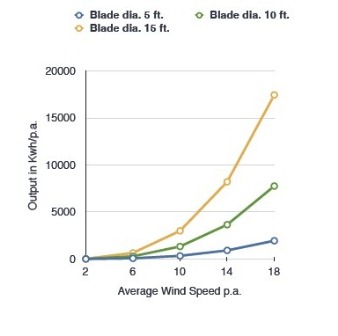
It may be easier to understand by looking at the wind power graph above. You'll see that it’s not just enough to have a small turbine which rotates quickly.
You'll actually get greater results from a large blade turbine in strong winds.
I'm conscious that I don't want to over complicate things in this article but if you want more details have a look at my article on wind power efficiency.
I should point out that the above formula is just that, and it’s only as good as the information you put in. Over time, turbine design will get more efficient and wind speeds will always vary, but it’s a good guide tool and a great way of visually demonstrating how a few mph can have a huge effect on the productivity of wind turbines.
Now that you know the basics, you should take a little time to understand the advantages and disadvantages of wind power and the basic wind power facts.
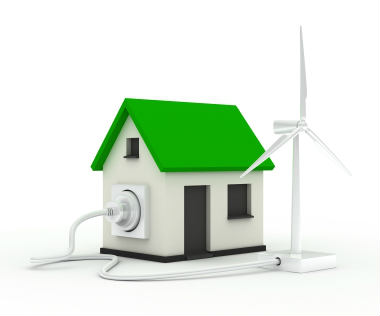

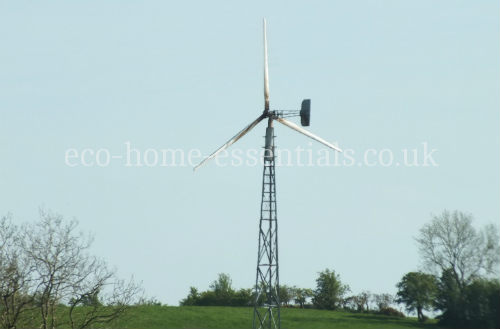
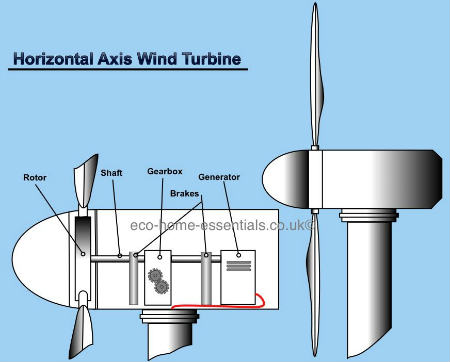
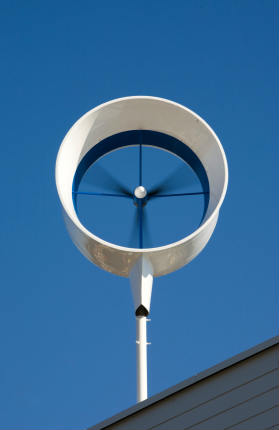







New! Comments
Have your say about what you just read! Leave me a comment in the box below.